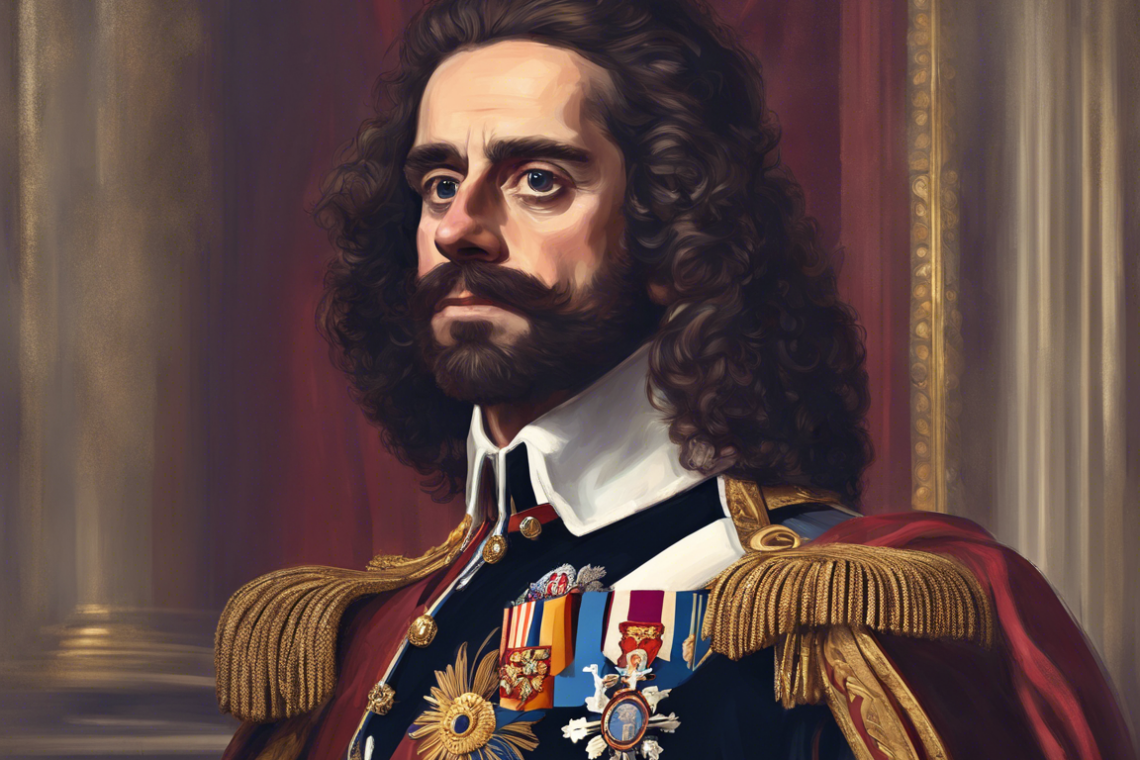
As Buckingham Palace unveils the portrait of King Charles, the art world and royal enthusiasts alike are abuzz with excitement. Capturing the essence of a monarch through portraiture is no easy feat, yet artists throughout history have risen to the occasion, creating timeless masterpieces that immortalize their subjects.
Historical Significance of Royal Portraits
Portraits have long been used as a means of legitimizing and immortalizing monarchs and members of the royal family. Royal portraits serve as visual representations of power, status, and lineage, offering a glimpse into the world of the royal court and providing a means for the public to connect with their rulers on a personal level.
Evolution of Royal Portraiture
Over the centuries, the art of royal portraiture has evolved significantly. From the formal and stylized poses of the Renaissance period to the more naturalistic and expressive portraits of the Baroque and Rococo eras, each artistic movement has left its mark on the portrayal of royalty.
Symbolism in Royal Portraits
Symbolism plays a crucial role in royal portraiture, with artists often incorporating subtle references to power, wealth, and lineage into their compositions. From the choice of clothing and accessories to the inclusion of certain objects or animals, these symbols serve to reinforce the monarch’s authority and position within society.
Portrait of King Charles: A Closer Look
The unveiling of the portrait of King Charles at Buckingham Palace marks a significant moment in the history of royal portraiture. Commissioned by the Royal Collection Trust, the portrait is the culmination of months of collaboration between the artist and the palace.
Style and Composition
The portrait of King Charles is executed in a realistic style, capturing the king’s likeness with remarkable accuracy. The artist has paid close attention to detail, from the intricate embroidery of the king’s robes to the subtle play of light and shadow on his face.
Setting and Background
The choice of setting and background for the portrait is significant, as it helps to convey a sense of time and place. In this case, the portrait is set against the backdrop of a stately room in Buckingham Palace, complete with ornate furnishings and elaborate tapestries.
Expression and Pose
The expression and pose of the king in the portrait are carefully crafted to convey a sense of authority and dignity. With a steely gaze and a regal posture, King Charles appears every inch the monarch, commanding respect and admiration.
The Legacy of Royal Portraiture
The unveiling of the portrait of King Charles is not just a reflection of the present moment but also a nod to the past. Throughout history, royal portraits have served as time capsules, preserving the likeness and legacy of monarchs for future generations to admire and study.
FAQs about Royal Portraiture
1. Who commissions royal portraits?
Answer: Royal portraits are typically commissioned by the royal family or institutions such as the Royal Collection Trust.
2. What role do artists play in the creation of royal portraits?
Answer: Artists play a crucial role in capturing the likeness and essence of the monarch, often working closely with the royal sitter to ensure accuracy and authenticity.
3. How are locations chosen for royal portraits?
Answer: Locations for royal portraits are often selected for their historical significance or aesthetic appeal, helping to situate the monarch within a specific context.
4. Are there specific rules or traditions governing royal portraiture?
Answer: While there are no strict rules governing royal portraiture, there are certain traditions and conventions that artists often adhere to, such as the inclusion of symbolic elements or regal attire.
5. How have advancements in technology impacted the creation of royal portraits?
Answer: Advancements in technology have enabled artists to create more detailed and realistic portraits, using techniques such as digital imaging and 3D rendering to enhance the final result.
In conclusion, the unveiling of the portrait of King Charles at Buckingham Palace is a testament to the enduring legacy of royal portraiture. From its historical significance to its evolving styles and symbolism, royal portraiture continues to captivate and inspire audiences around the world, offering a glimpse into the lives and reigns of monarchs past and present.
